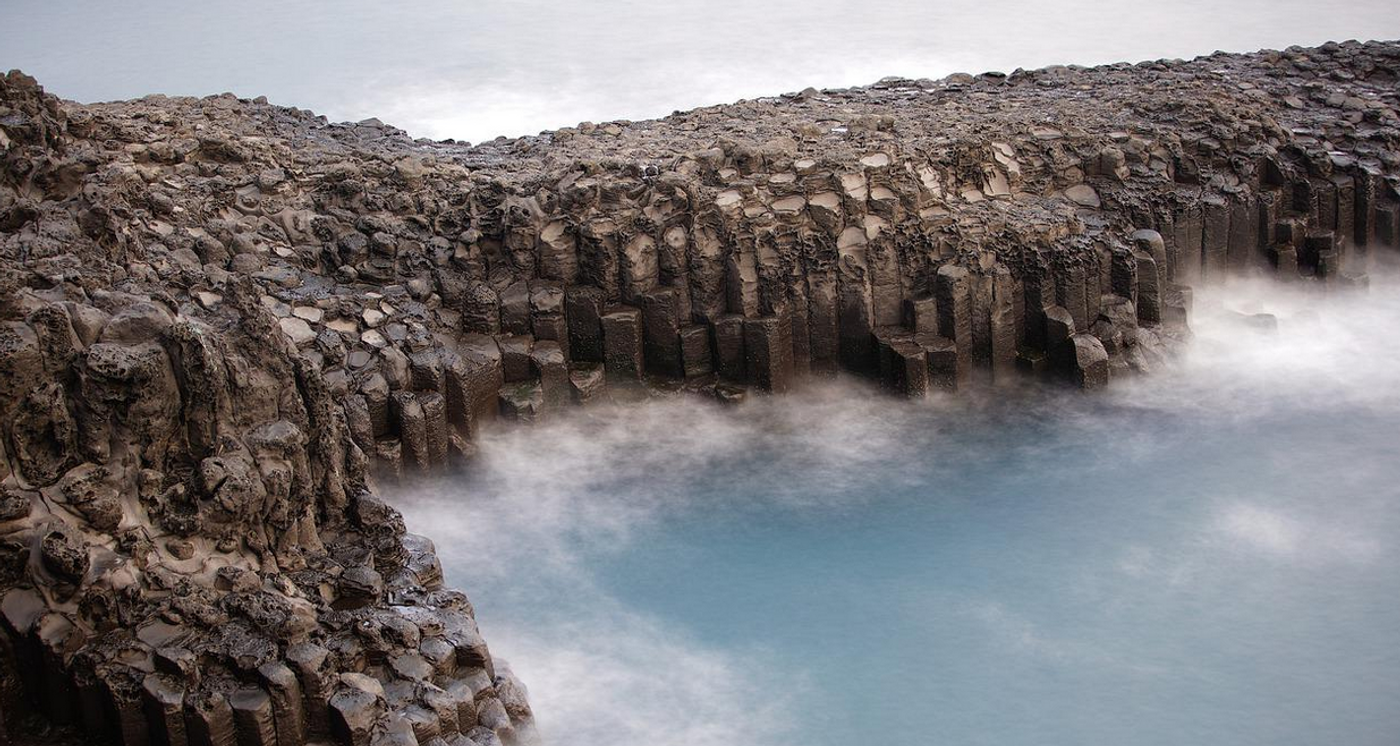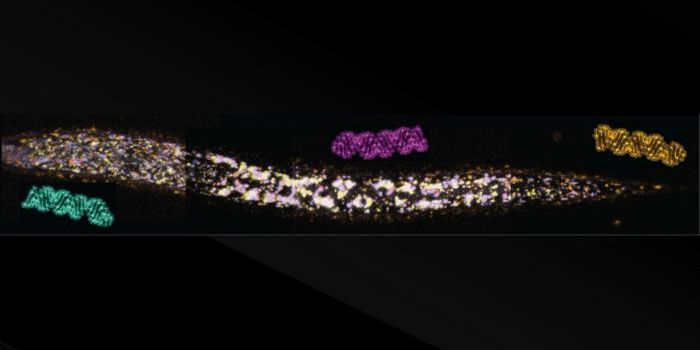Can This Shockingly Simple Model Explain How Life Arose?
Scientists have long sought to determine how life first arose on our planet, and finding an answer to that question could help us find life on other planets. Now, a major breakthrough has been announced. Researchers have discovered that ribonucleic acid or RNA, an essential molecule that bridges DNA and proteins, can form spontaneously on basalt glass, which could be easily found all over our planet about 4.35 billion years ago. Basalt glass is also common on Mars. These findings have been reported in Astrobiology.
Co-study author Steven Benner, PhD, of the Foundation for Applied Molecular Evolution noted that research communities that are investigating the origins of life have taken different approaches. "One community revisits classical questions with complex chemical schemes that require difficult chemistry performed by skilled chemists," Benner noted. But to other scientists, this complex chemistry seems unlikely to have occurred naturally.
The team of study Elisa Biondi, PhD took a simpler approach. They showed that when nucleoside triphosphates percolate through basaltic glass, they will spontaneously form RNA nucleotides that are one to two hundred nucleotides long.
Ancient Earth had plenty of basaltic glass, noted study co-author Stephen Mojzsis, PhD. "For several hundred million years after the Moon formed, frequent impacts coupled with abundant volcanism on the young planet formed molten basaltic lava, the source of the basalt glass," continued Mojzsis. "Impacts also evaporated water to give dry land, providing aquifers where RNA could have formed."
Those collisions also put nickel on the Earth. The researchers determined that nucleoside triphosphate can emerge from nucleosides and activated phosphate that is found in either nickel or lava glass. Basalt contains borate too, which can control triphosphate formation.
Other parts of the RNA-creation process can also be explained with this simple hypothesis. Benner noted that borate can control ribose formation, and ribose is the 'R' in RNA. Basic carbohydrates that would have certainly been present in the atmosphere of primitive Earth might have been stabilized by sulfur dioxide from volcanoes. When they rained down onto the Earth's surface, rich reservoirs of organic chemicals were produced, which could have interacted with abundant basalt glass.
This geological model may help explain how some carbon molecules eventually gave rise to RNA, and life as we know it. A common theory, explained in the video, suggests that RNA was the molecule that put life on the map. In cells, RNA nucleotides transcribed from DNA are used by cellular machines to generate proteins.
"Important questions remain," noted Benner. "We still do not know how all of the RNA building blocks came to have the same general shape, a relationship known as homochirality." The bonds linking nucleotides can also vary when material is generated on basaltic glass, which researchers are still investigating.
Since all of the material discussed in this research is present on Mars, it raises the possibility that this may have occurred there too.
Sources: Foundation for Applied Molecular Evolution, Astrobiology









